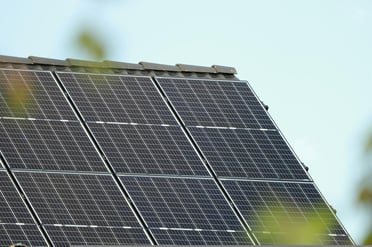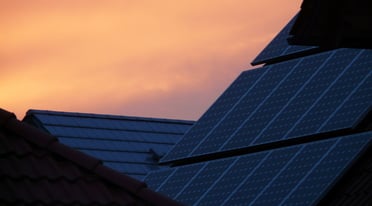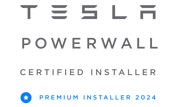We Went to Parliament to Support Mandatory Solar on New Builds | The Sunshine Bill
Installing Wall Mounted Solar Panels & 2x Tesla Powerwall 3
10 Ways to Improve the Payback Period of Your Solar & Battery System
Maximise your return and reduce your energy bills faster
When considering solar and battery storage, one of the most common motivations is the financial return. A well-designed system can pay for itself in just a few years and continue saving you thousands over its lifetime. But not all systems are created equal, and the choices you make during the design and installation stages will determine just how fast you break even.
Here are the ten most important factors that can improve your solar payback period - and save you more in the long run.
Solar Panel Grants for Farming: Boost Productivity and Cut Costs
With rising energy costs and growing environmental pressure, UK farmers need practical solutions to cut expenses and meet sustainability goals. The government’s Improving Farm Productivity Grant, administered by the Rural Payments Agency (RPA), offers a direct route for farmers to install solar photovoltaic (PV) systems and improve their bottom line.
Philip Dennis Foodservice - 1,636 Panels
Our recent project for Philip Dennis Foodservice is a standout example of how choosing solar can yield impressive financial returns while also making a positive impact on the environment. It’s our largest commercial solar installation to date, and the results truly speak for themselves.
Do Businesses Need to Legally Disclose Their Carbon Emissions?
Sustainability has become a major buzzword in the corporate world, with increasing numbers of companies pushing the green agenda both in the boardroom and in their branding. But what benefits does this bring for companies, and with governments increasingly bearing down on Net Zero ambitions, are companies legally required to publish data on their carbon footprint?
From P-Type to N-Type Solar Panels, Why the Shift?
For those who have their finger on the pulse of the solar energy market, it's becoming obvious that there is an increasing shift towards the manufacture and use of n-type solar from p-type panels in both commercial and domestic settings, to the point where the former now dominate. But why has this shift come about, and more fundamentally what is the difference between the two?
High Power Solar Panels
In the space of just a few years, the average panel we install on domestic projects has shot up from around 315W to at least 375W, with more and more residential modules breaking the 400W barrier.
This is down to a few factors, such as the widespread adoption of new, more efficient technologies, bigger cells and bigger modules:
Tier 1 Solar Panels: Are They Worth It?
When researching solar PV, you may have come across the phrase ‘tier 1 solar panels’. It’s used as a selling point by some manufacturers and installers to demonstrate the reliability of their products. But is that really the case?



















